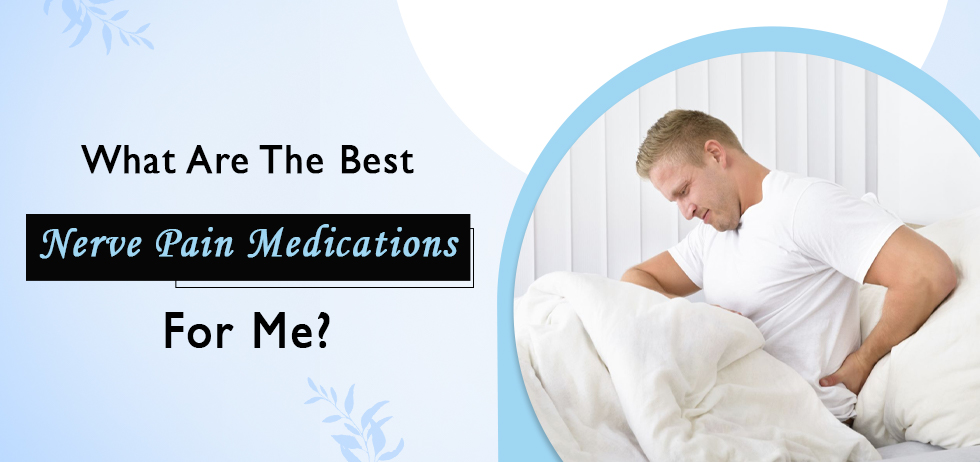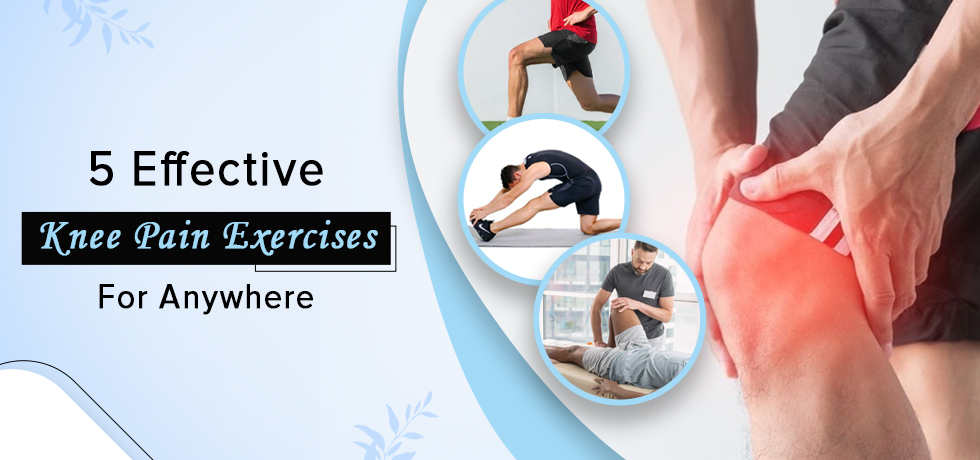Why Do Our Muscles Get Sore In The First Place?
sore muscles, the often uninvited guest after a workout, is a result of microscopic damage to muscle fibers, inflammation, and the buildup of metabolic waste.
When we engage in activities that our muscles aren’t accustomed to, such as introducing a new exercise or increasing the intensity of a workout, these factors come into play.
This discomfort, scientifically known as Delayed Onset Muscle Soreness (DOMS), is a signal that our muscles are adapting and becoming stronger.
During exercise, especially high-intensity or resistance training, the muscle fibers experience tiny tears.
How Do I Prevent Sore Muscles And Joint Pain?
Preventing Sore Muscles begins with a thoughtful approach to your workout routine. Warming up before exercise is essential.
This involves engaging in low-intensity activities that gradually increase your heart rate and warm up your muscles.
A proper warm-up enhances blood flow, improves flexibility, and prepares your body for more intense physical activity, reducing the risk of injury.
Additionally, gradually increasing the intensity and duration of your workouts allows your muscles to adapt without experiencing excessive strain.
Consistency is key; regular physical activity helps condition your muscles and reduces the likelihood of soreness after each session.
Relax your body with Pain O Soma 500, a muscle relaxant that reduces pain and promotes relaxation.
How Long Is Muscle Pain Supposed To Last?
The duration of muscle soreness can vary based on several factors, including your fitness level, the type of exercise, and individual differences.
Generally, mild soreness can last anywhere from 24 to 72 hours after a workout. This timeframe is known as the acute phase of muscle soreness.
If the pain persists beyond this window or is unusually severe, it may be an indication of over training or an underlying issue.
In such cases, it’s crucial to listen to your body and consider consulting a healthcare professional for guidance.

Tips To Relieve Muscle Soreness
Take A Warm Bath
One of the simplest and most soothing ways to alleviate Sore Muscles is by taking a warm bath. The heat helps increase blood flow to the affected muscles, reducing stiffness and promoting relaxation.
Adding Epsom salt to your bath can enhance the therapeutic effects, as the magnesium in Epsom salt is known for its muscle-relaxing properties.
Option For Ice Or Heat Therapy
Ice and heat therapy are versatile methods for managing muscle soreness. Applying ice packs in the first 48 hours after a workout helps reduce inflammation by constricting blood vessels.
After this initial period, heat therapy can be applied to relax tight muscles and improve blood circulation, aiding in the healing process.
Perform Mild Exercises
Contrary to the belief that rest is the only solution for sore muscles, engaging in low-impact activities like walking or swimming can promote recovery.
These activities enhance blood flow without subjecting the muscles to further stress, facilitating the removal of metabolic waste and reducing stiffness.
Consider Massage Therapy
Massage therapy is a popular and effective way to relieve Sore Muscles. Whether you opt for a professional massage or use a foam roller for self-massage.
The pressure applied helps release tension in the muscles, enhances blood circulation, and promotes overall relaxation.
Soak In A Saltwater Bath
Epsom salt baths have been a go-to remedy for muscle soreness for years. The magnesium in Epsom salt is absorbed through the skin, leading to enhanced muscle relaxation.
This, coupled with the soothing effect of warm water, creates an ideal environment for recovery.
Pain O Soma 350 is a potent muscle relaxant that effectively tackles intense pain, enabling you to regain control and live without discomfort.
Use Kinesiology Tape
Kinesiology tape is a stretchy, adhesive tape that is applied to the skin to provide support to muscles and joints.
It mimics the elasticity of the skin, allowing for a full range of motion while providing additional support to the affected area. This can be particularly beneficial for sore muscles and joints during and after physical activity.
Apply Essential Oils
Certain essential oils have properties that can help alleviate muscle soreness. Lavender and peppermint oils, for example, have analgesic and anti-inflammatory effects.
Mixing a few drops with a carrier oil and applying it to sore muscles can offer a natural and aromatic relief.
Add Anti-Inflammatory Foods To Your Diet
Incorporating anti-inflammatory foods into your diet can contribute to the reduction of muscle soreness. Foods rich in omega-3 fatty acids, such as salmon and flaxseeds, have anti-inflammatory properties.
Turmeric, a spice known for its active compound curcumin, also possesses powerful anti-inflammatory effects.
Hydrate Before, During, And After Exercise
Proper hydration is fundamental for overall health and plays a significant role in preventing and managing muscle soreness.
Water is essential for transporting nutrients to cells and removing waste products, ensuring optimal muscle function. Staying hydrated before, during, and after exercise is crucial for supporting your body’s natural recovery processes.
Get A Good Night’s Sleep
Quality sleep is often underestimated but is a crucial component of muscle recovery. During sleep, the body undergoes various repair processes, including the restoration and growth of muscle tissues.
Aim for 7-9 hours of uninterrupted sleep each night to maximize the benefits of your workout and minimize muscle soreness.
Bottom Line
Sore muscles may be an inevitable part of the fitness journey, but they don’t have to hinder your progress.
By understanding the causes of muscle soreness and implementing these effective strategies, you can minimize discomfort and optimize your recovery.
Remember, consistency, proper hydration, a balanced diet, and self-care techniques are key elements in ensuring that sore muscles don’t become a roadblock on your path to a healthier and stronger you.
Listen to your body, give it the care it deserves, and keep pushing towards your fitness goals.






